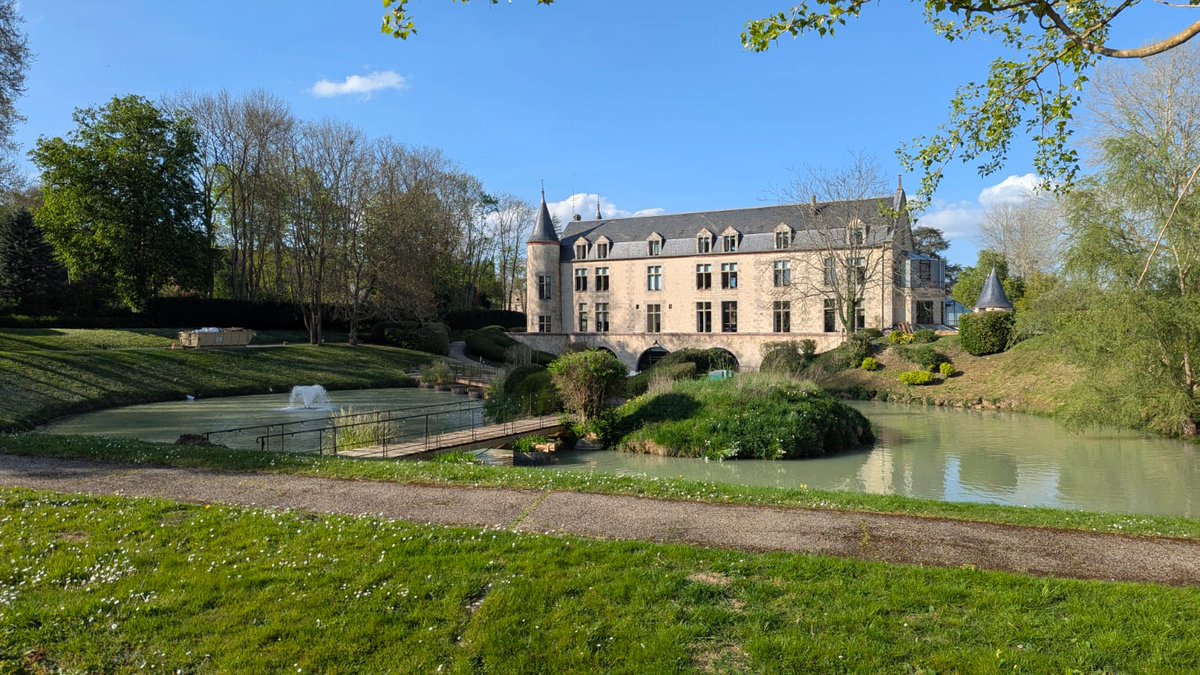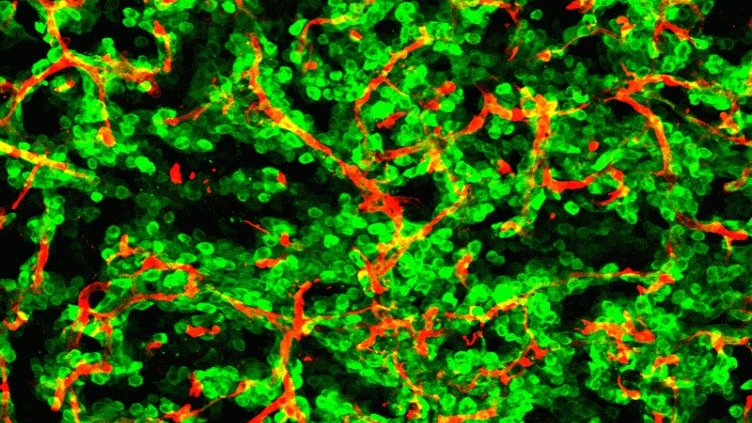
Mariam Al-Masmudi Martín
@mariam_masmudi
postdoctoral researcher (@contracanceres) at @valientelab @cniostopcancer understanding the neuroscience of brain metastasis #cancerneuroscience
ID: 251354153
https://valientelab.com/ 12-02-2011 23:51:45
186 Tweet
156 Followers
312 Following

Liset M de la Prida Instituto Cajal-Centro de Neurociencias Cajal-CSIC Instituto de Neurociencias UMH-CSIC Los investigadores Liset M. de la Prida (Liset M de la Prida), del CSIC, y Manuel Valiente, del CNIO Stop Cancer, explican en este vídeo el funcionamiento de la nueva 'linterna molecular' que ha permitido detectar metástasis en el cerebro de ratones⬇️

Investigadores del Instituto Cajal-Centro de Neurociencias Cajal-CSIC y del CNIO Stop Cancer, del consorcio Nanobright_project, desarrollan una 🔦 'linterna molecular' del grosor de un pelo, capaz de detectar metástasis cerebrales 🧠 en ratones. dozz.es/80mrf2

New technique to detect brain metastasis in mice using an ultra-thin light probe, by #CNIO and CSIC researchers Nanobright_project It's a new "molecular flashlight" Nature Methods Technique developed to detect brain metastases in mice using an ultra-thin light probe - CNIO

The molecular flashlight reaches deep into the brain without causing appreciable damage, making it minimally invasive. It projects an ultra-thin beam of light. CNIO's Manuel Valiente and Instituto Cajal-Centro de Neurociencias Cajal-CSIC Liset M de la Prida explain:

New technique to detect brain metastasis in mice using an ultra-thin light probe, by #CNIO and CSIC researchers Nanobright_project It's a new "molecular flashlight", on Nature Methods Technique developed to detect brain metastases in mice using an ultra-thin light probe - CNIO
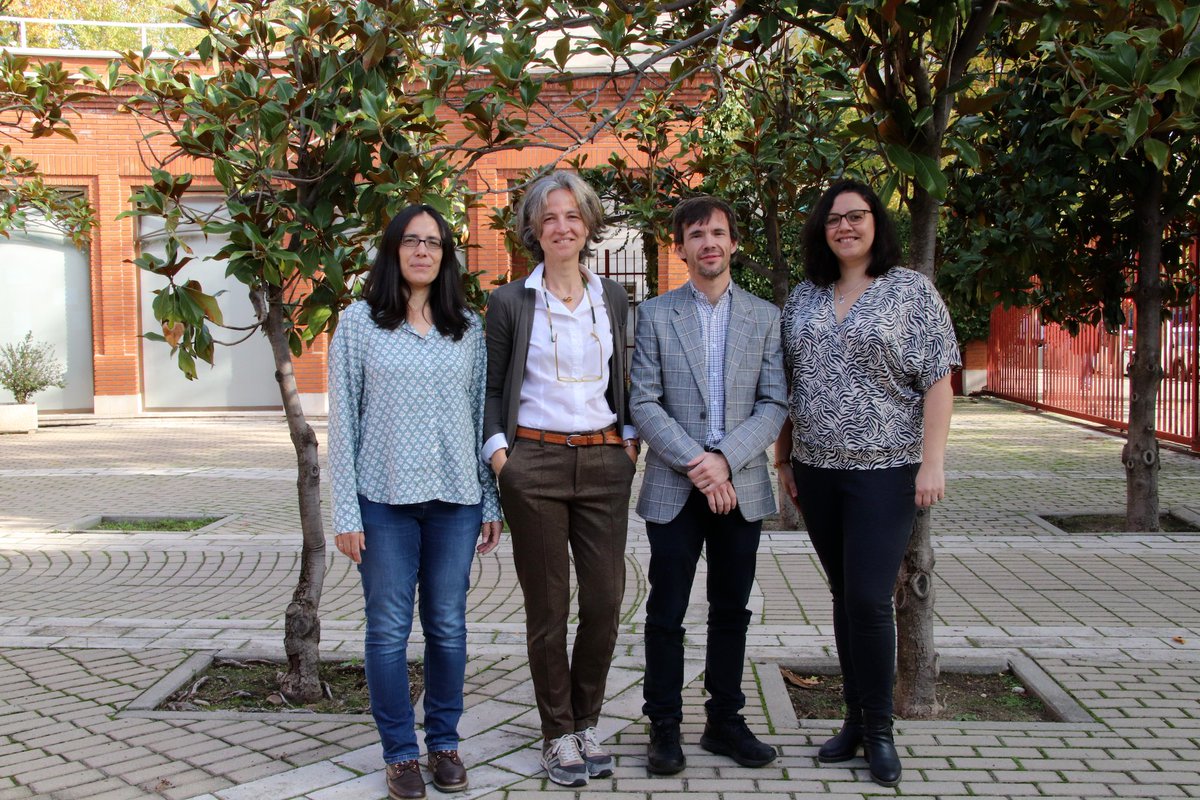

La herramienta es fruto del consorcio Nanobright_project, que incluye dos grupos españoles dirigidos por: -Liset M de la Prida, Instituto Cajal-Centro de Neurociencias Cajal-CSIC -Manuel Valiente, CNIO Stop Cancer Se han ocupado de la investigación biomédica, y centros italianos y franceses han desarrollado la instrumentación.


Creada una técnica que detecta metástasis cerebral en ratones introduciendo en el cerebro una finísima sonda con luz. 🔬Investigación de Manuel Valiente #CNIO y Liset M de la Prida Instituto Cajal-Centro de Neurociencias Cajal-CSIC #CSIC, en el consorcio @nanobright. cnio.es/noticias/cread…

Además de Manuel Valiente y Liset M de la Prida, la segunda firmante es Mariam Al-Masmudi Martín. Ellos y otros miembros del equipo han desarrollado la investigación biomédica de la 'linterna molecular' Nanobright_project. cnio.es/noticias/cread…

Una "linterna molecular" detecta metástasis del cáncer en el cerebro de ratones cadenaser.com/nacional/2024/… vía Cadena SER


Desarrollan una linterna molecular para detectar metástasis en zonas profundas del cerebro eldiario.es/1_b62013?utm_c… vía elDiario.es


Una nueva sonda de luz, de menos de 1 mm de grosor y una punta de solo una micra, puede acceder a zonas profundas del cerebro sin causar daño. Se ha probado con éxito en ratones para detectar metástasis cerebrales Instituto Cajal-Centro de Neurociencias Cajal-CSIC CNIO Stop Cancer agenciasinc.es/Noticias/Una-l…

Our latest work is out Nature Methods ! Link rdcu.be/d5kMq We introduce a #vibrational_fiber_photometry method to perform low invasive and label free optical molecular spectroscopy in arbitrary deep areas of the mouse brain in vivo. 🧵
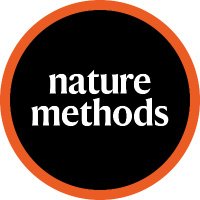
Vibrational fiber photometry, developed by the Pisanello lab, enables Raman spectroscopy in the mouse brain with low impact, owing to the use of tapered fibers. Filippo Pisano Massimo De Vittorio Liset M de la Prida Francesco Gentile Manuel Valiente Ferruccio_PhC nature.com/articles/s4159…

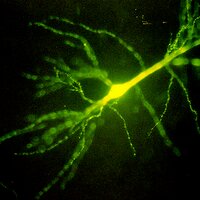
Together with our Nanobright_project partners we bring the Raman effect deep into the brain 🧠👇🏼 nature.com/articles/s4159…

Asociación Española Contra el Cáncer nos ha elegido como responsables de los avances de investigacion mas relevantes de 2024. Enhorabuena a los otros 3 seleccionados, incluyendo mi colega de CNIO Stop Cancer Luis Álvarez-Vallina. Ambas contribuciones implican mejoras en la inmunoterapia. Que orgullo!


EUROBUS2025, Paris. An amazing conference sharing science with incredible people in such a beautiful place. Thanks Mikhail Shapiro (same on bsky) 🇺🇦 for inviting me! It was truly a pleasure. Manuel Valiente CNIO Stop Cancer
